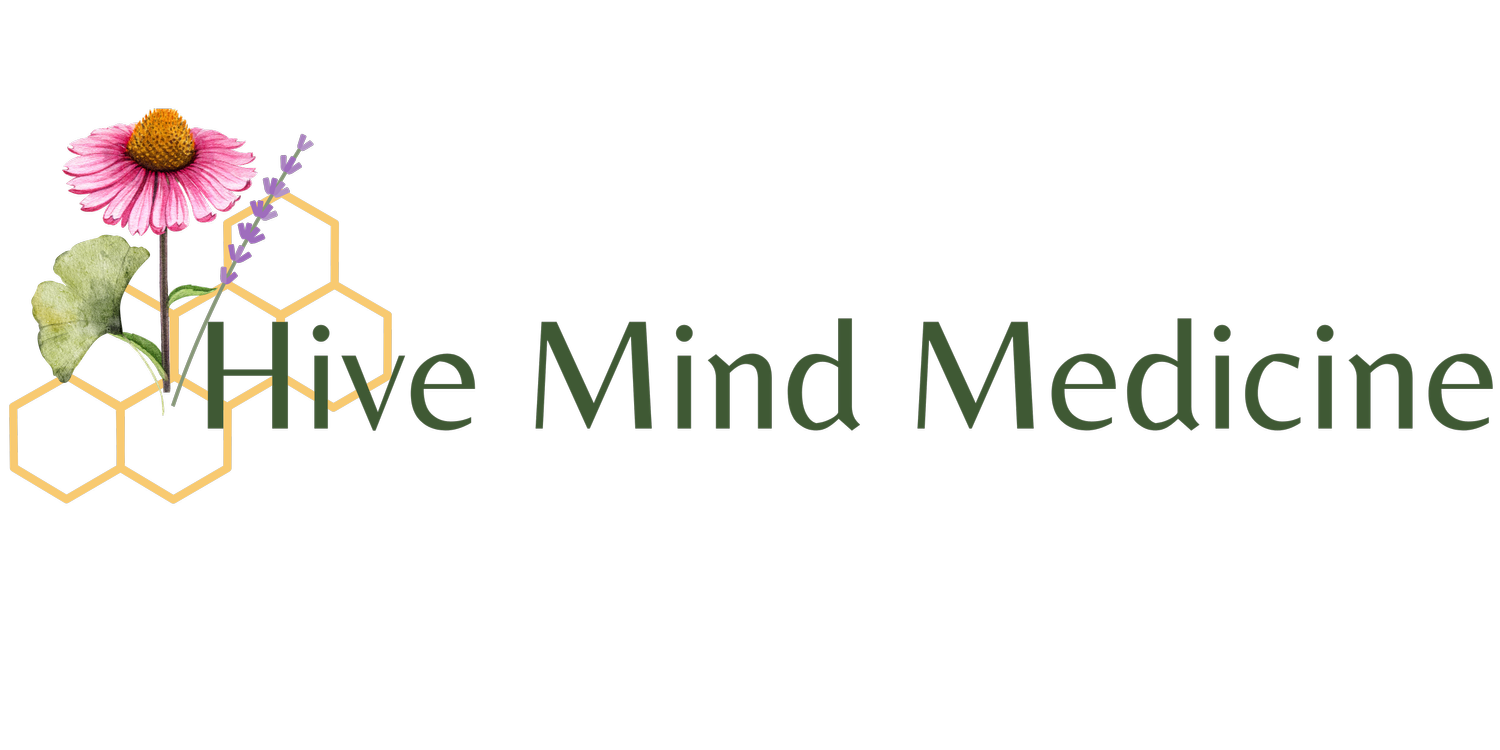An Alarm System in Your Brain: Here's Something To Chew On (Part 4)
KAYLE SANDBERG-LEWIS BCN-FELLOW, M.A., LMT
This is part 4 of a 6 part series, from Kayle Sandberg-Lewis, on how our brains have evolved to deal with threats, both real and perceived and how we may feel safer, sleep better, and digest our food more easily.
Over the past few posts, we have discussed how the brainstem functions as an alarm system – it “eavesdrops” on what you are doing and determines whether you are in danger. Unfortunately, this alarm system can become stuck on “ON” which results in continuous anxiety and is reflected in poor sleep, poor digestion, tense muscles, chronic pain, and/or other stress-related disorders.
My goal in creating these posts is to help you learn to lower your anxiety by calming the brainstem so it will send alarms only when absolutely necessary.
Last month we learned that breath-holding and shallow, rapid breathing are cues to the brainstem that there is probably a predator somewhere nearby. We discussed the role of the vagus nerve – both a motor and a sensory nerve that innervates several organs including the lungs – in soothing the brainstem when we simply slow our breath to around 6 – 8 breaths per minute.
Another cranial nerve, the trigeminal nerve or CN V, which is actually two sets of nerves, also performs both motor and sensory functions. It innervates the muscles of the mouth, allowing you to chew, swallow and speak AND, in its sensory capacity, takes messages back to the brainstem.
How do you suppose the brainstem interprets the information from the trigeminal nerve when a person bolts food on the run? Eats distractedly while driving? Takes a bite and then swigs a drink to wash it down? Danger! Even eating quickly while seated at the table can tell the already “nervous” brainstem to stay on red alert.
So, this month’s message is simple: CHEW YOUR FOOD. Thoroughly chewing your food not only breaks it down mechanically, it also starts the chemical breakdown of the food as the enzymes in your saliva saturate each morsel. Chew each bite of solid food until it is liquified. Do this without adding water or other beverages. Just chew. Breaking down the fibers of food really well in the mouth makes the stomach’s job much easier.
The most common response I have received when I coach people on chewing is,
“But that is so BORING!” It doesn’t have to be.
Many belief systems hold that the body is the temple of the soul. Try that idea on while planning your dining experience. Aim for making your meals a sacred time when you slow down and care for the temple. Light candles or just lower the lights. Play soothing music. If you don’t have fresh flowers, a picture of flowers can help your system slow down. You might try putting down your fork or spoon while chewing, folding your hands in your lap. Conversation about positive issues is helpful. Most kids appreciate turning mealtime into magic time and the patterns they learn from you will help them anchor to healthy eating as they mature.
People who live alone have resisted this suggestion, saying it is hard enough to plan the food and fix it for one person let alone to create a “dining experience”, but those who have reported back after trying it have told me it has transformed their mealtimes into something they look forward to.
I hope it doesn’t require another blog post to explain why there should be no electronics at the table.
If you still complain that focusing on chewing is just too tedious, I’m not going to argue with you. I just ask you to think of your antsy little brainstem, lulled into a peaceful rest by that slow, rhythmic chewing.
Kayle Sandberg-Lewis holds a M.A. in Behavioral Medicine, the study of how what we do affects our well-being. She has over three decades experience in stress management and is board certified in neurofeedback, which she introduced to her practice in 1996. Kayle co-founded Hive Mind Medicine in 2019, where she currently offers neurofeedback to her clients. Telehealth consults are available.
Hive Mind Medicine blog posts are for educational purposes only and are not intended as medical advice. Please consult with your health care practitioner for personalized guidance. Click on the contact button below if you would like to schedule with one of our Hive Mind practitioners.

